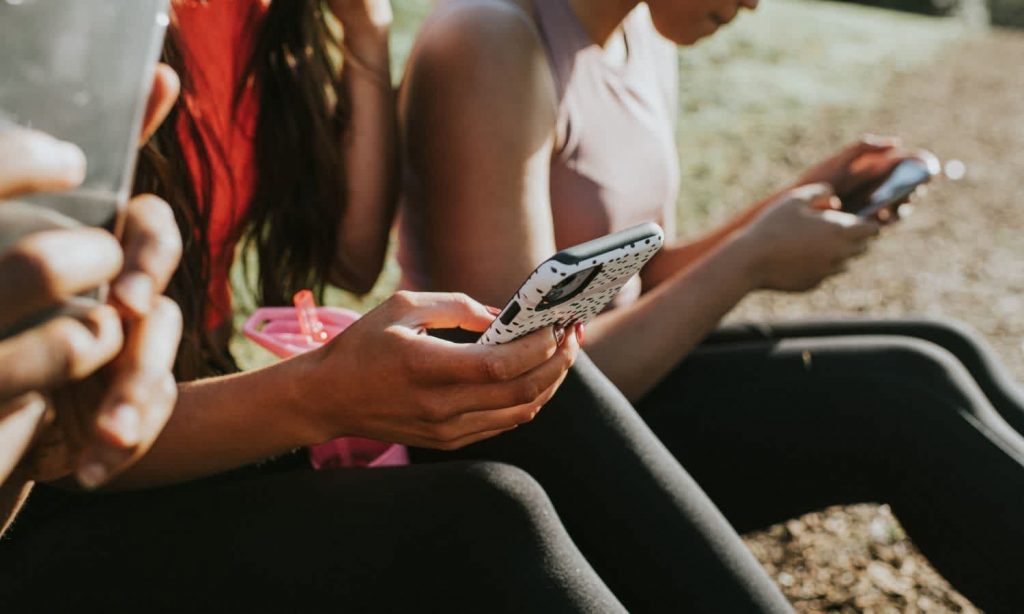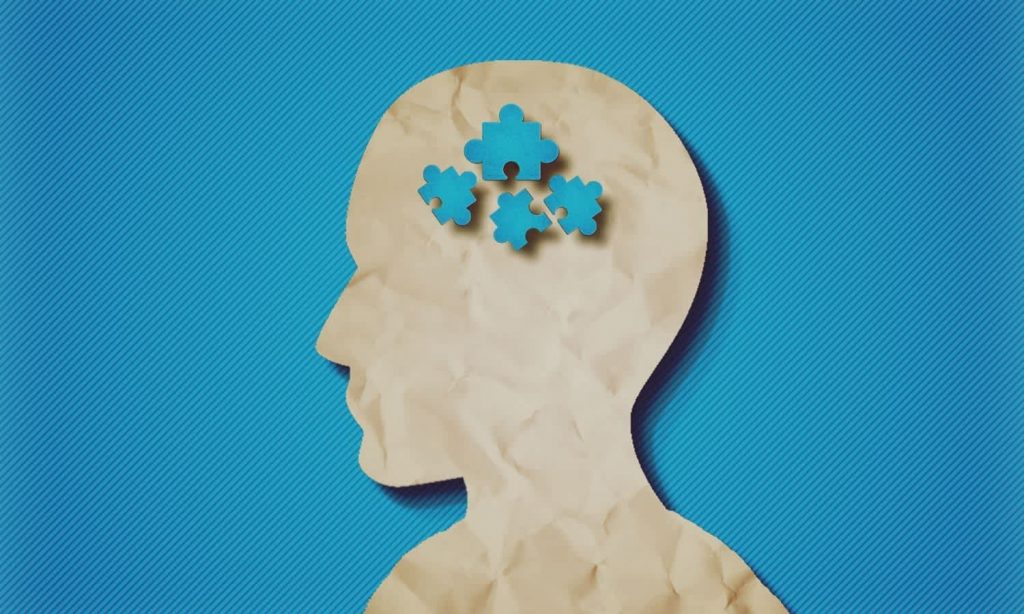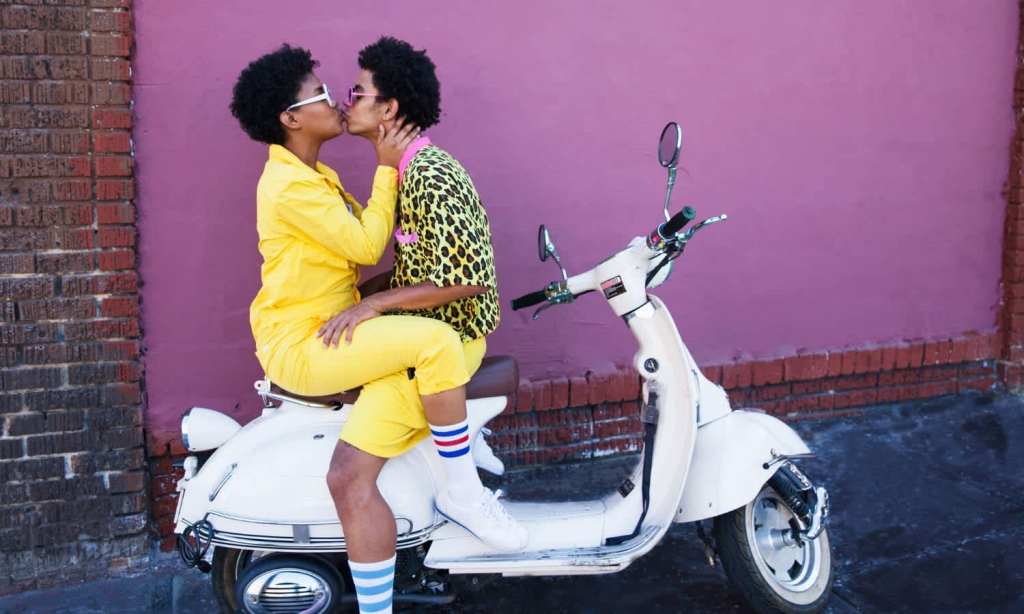2024 is just over two years away but, really, the future could hold just about anything. Think about it, in October of 2017 we were all going about our business blissfully unaware that little more than 24 months later we’d be isolating at home, wearing masks wherever we went and flinching if someone breached the 1.5m rule.
With that in mind, it would be nice to have a crystal ball of sorts to prepare us for any nasty surprises 2024 may bring, or simply so that we can be in the know about what life may look like them.
While they don’t use the dark arts to look ahead, futures think-tank SOON does use human insights to monitor and track trends, developments and disruptions across people, places, products and the planet in order to determine how the world could look in a few years time.
In their latest report, called Future Forecast 2024, the futurists at SOON looked at the emerging trends that will potentially change the way Gen Z and Millennials’ approach work, travel, food, gaming and shopping in the future.
The Latch was fortunate enough to chat with lead SOON futurist Sarah Owen about the fascinating report, and what it signals for our relationship with social media, how tech and sustainability might positively intersect and how the pandemic will have shifted the way we work.

The Latch: What is our relationship with social media going to look like in 2024? Are we still going to be all about filters and creating the picture of an unattainable lifestyle or will we be gravitating toward more authenticity?
Sarah Owen: In the future, our relationship with social media will become more integrated with other platforms, ecosystems, and tools we frequent daily. Touted as the next internet, the burgeoning Metaverse offers a glimpse into what our next digital future will look like.
Tech giants like Facebook are already strategising on how to turn their networks into Metaverse hubs. Recently, Mark Zuckerberg announced that Facebook will be “a Metaverse company” in five years.
On the content front of social media, traditional aesthetic trends will take a backseat to meaningful, educational or entertaining posts. People are inherently social creatures so social signalling to some extent will always exist; it’s just transforming in a more nuanced way. For example, over the last decade, fashion aesthetics and luxury travel photos created a specific social status that left everyday people striving for unattainable lifestyles. We’re seeing signals of change that indicate a new social status in thought leadership and knowledge, welcome to the era of the expert!
More importantly, creators are now driving their communities and subculture through content that maintains radical inclusivity, allowing people to feel ‘seen’. These micro-communities have their own language, symbols and references, and people will find social validation and a sense of belonging in these engaged groups.

TL: What strides are predicted to have been made in the realms of our mental health and how we manage it? Will there be tech to perhaps predict and avert mental health crises in addition to breakthroughs in management?
SO: An eruption of destabilising societal ills and issues is guiding a new holistic and collective approach to healing and feeling. From astrology and tarot readings to educating ourselves on self-care and self-awareness, our mental health is beginning to take priority over other aspects of our lives.
New technologies are surfacing to support people in monitoring their emotions. Thyself, for example, is a browser extension that helps people master their mental health. Built around a study by Dr Tasha Eurich proving that 95% of people think they’re self-aware, but only 10-15% truly are, the tool prompts people to label their moods, collecting an emotional emoji diary over time while helping people stay in tune with their mental health.
Meanwhile, Microsoft patented a biometric ‘wellness insights’ tool in April 2021 to measure a worker’s “anxiety score”. Using data from heart rate and blood pressure levels — along with data from Microsoft’s Office apps — the new technology aims to encourage workers to take certain actions when they reach a high-stress level. The patent shows a variety of potential data inputs including things like the amount of time it takes to draft an email or haptic sensor feedback showing how hard keys are pressed on a keyboard.

TL: How will tech and sustainability have intersected in a positive way?
SO: We have entered the decade of climate technology, where investment in decarbonising the economy is on par with the effort and resources put into the digitisation of the previous one. The #cleantech boom is bringing with it a wave of inventive products and services, all aiming to create low-to-negative carbon cities.
A range of climate technologies is pioneering in this space. For example, a newly invented ocean wind turbine concept that has the potential to generate five times more energy than other similar technologies was unveiled in June 2021 by the Norwegian company Wind Catching Systems. The floating wind farm harnesses wind that blows in deep water — an estimated 80% of offshore wind is in water over 60 metres deep.
There’s also Swiss company Climeworks which built an industrial plant that sucks CO2 out of the air or TownRock Energy which designed a dance club in Scotland that converts the heat generated by its visitors into a cooling system.

TL: How much of our lives will exist within the Metaverse? Will young people still gravitate toward traditional banking and saving or will crypto and NFTs slowly phase out the big banks?
SO: From entertainment to work, healthcare to consumer products, the Metaverse will revolutionise nearly every industry and function. The collective value of these changes will be in the trillions. Trust in traditional institutions is waning, so big banks and the like will need to adopt and embrace some of the trends around decentralisation in order to appeal to young people.
One study has found that 94% of crypto investors are Gen Z or Millennial, which signals just how important decentralised finance is to young generations.

TL: How will fashion have evolved to become more sustainable and accessible, what will be important to young people when it comes to buying from brands?
SO: Gen Z is setting high expectations for fashion brands. From sustainable manufacturing methods to transparency and inclusive representation, the next generation is holding big brands accountable and will urge big brands to transform their current systems and strategies.
As noted in the report, the environmental and human costs of apparel production render it one of the most problematic sectors in the industry. Global clothing production has doubled in 15 years while the average number of times a garment is worn has decreased by 36%.
The fashion resale market is set to double by 2030, growing at a rate 11 times faster than traditional retail. More and more consumers are diving into the second-hand market with 33 million people buying used apparel for the first time in 2020, and 76% of first-time buyers planning to increase their spend on second-hand goods in the next five years, according to ThredUp. Retailers are responding quickly.
In August 2021, Urban Outfitters launched a peer-to-peer marketplace called Nuuly Thrift, which allows customers to sell and buy items from any brand, not just its in-house products.

TL: How will the pandemic have influenced the way we live and work in 2024 and what new innovations could exist to make offices a thing of the past and WFG or working from anywhere the new reality?
SO: Young people are rejecting the concept of a full-time job and a single boss in favour of having multiple jobs at once. The rise of polywork dovetails with the much-documented decline in job satisfaction amid the pandemic, which left employees feeling undervalued, as well as lacking communication and a connection to their bosses.
We’re also seeing a rise in Micropreneurship and the BYOB (be your own boss) trend. With young people taking the last year to reevaluate their goals and dreams, 65% of Gen Zs are planning to be — or already being — their own boss. Meanwhile, entrepreneurship is being reimagined by a new generation who are seeking new services to help them grow and expand their own business.
Young people are igniting their enterprising spirit with dreams of running their own business. While many people were laid off, furloughed, or fired over the past year due to the pandemic, business-creation actually hit a record high — over 4.4 million new businesses were created in 2020 alone, a 24% increase from 2019 and the biggest increase on record.

TL: What will relationships and dating look like in 2024? What will replace apps and meeting people in bars? Will the courting process have changed much?
SO: Young people are reshaping the future of dating and relationships, challenging conventions and redefining the meaning of intimacy. The pandemic has dramatically informed some of these new priorities, which will have Gen Z establishing new personal boundaries and energetic investments. In the future, online dating will shapeshift to cater to these emerging needs. According to Pew Research, today, one in three relationships start online, underlining the massive importance digital platforms have for starting and sparking connection.
A 2021 study published in Social Psychological and Personality Science found that two out of three romantic relationships begin as friendships. Conversely, some people are pursuing the benefits of conventional marriage and family structures in the absence of romance. Best friends are making lifelong commitments to support one another, while the increase in Reddit boards pertaining to asexual and aromantic couples suggests that platonic spouses could represent a larger portion of the marriage population.
Those who are choosing to date are leaning in with authenticity. A report by Tinder suggests the pandemic influenced its users to be more truthful and vulnerable about who they are, how they look, and what they’re going through. Mentions of “anxiety” and “normalise” in bios grew during the pandemic; the former term grew 31% while the latter grew more than 15 times. In the future, this shift towards honesty will be accelerated as Gen Z, a generation known for valuing authenticity becomes a majority of the dating population. Currently, over 50% of Tinder’s current user base is Gen Z.
Gen Z is driving demand for safer, more efficient dating practices. To save time (and any potential awkwardness) going on bad IRL dates, dating apps are baking in ‘pre-dating’ tools so users can determine whether their potential match is worth meeting in person.
Tinder reported a 19% increase in video dates over the last year while Bumble saw a 70% increase in video calls – not surprising given most of the world was practising social distancing at some stage or another. This new human behaviour nudged platforms like Match and Tinder to further integrate video into their offerings, with Tinder now allowing users to add videos to their profile.
A new dating app called S’More has built in a unique feature called “blurred video dating” whereby the user’s video becomes gradually less blurred as they continue to interact with the person on the other end. The self-claimed “anti-superficial dating” app appeals to younger users who are looking for more meaningful connections that go beyond fickle swipe culture.
Read more stories from The Latch and subscribe to our email newsletter.







